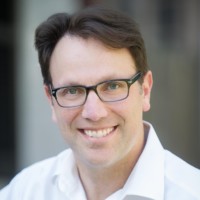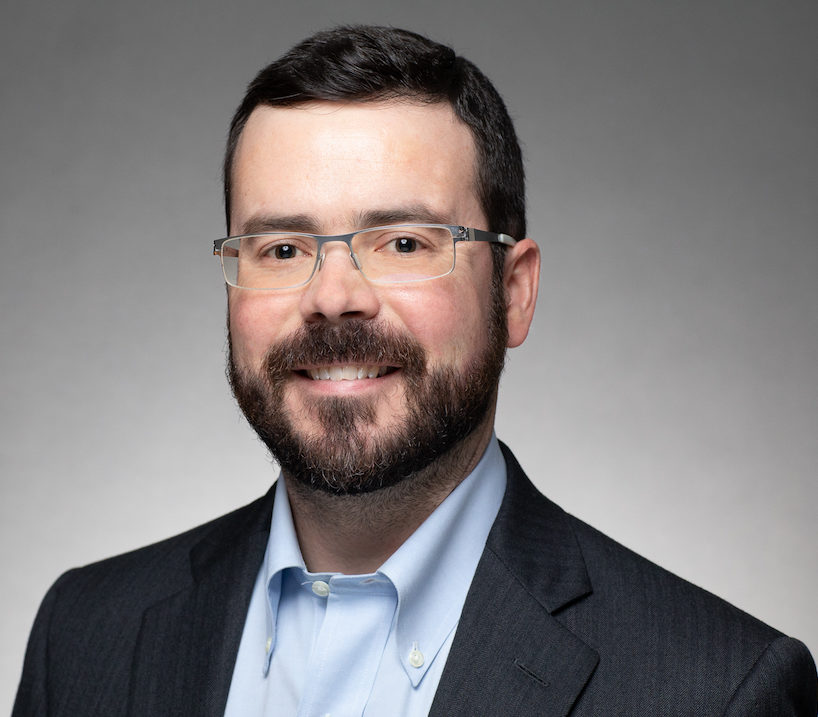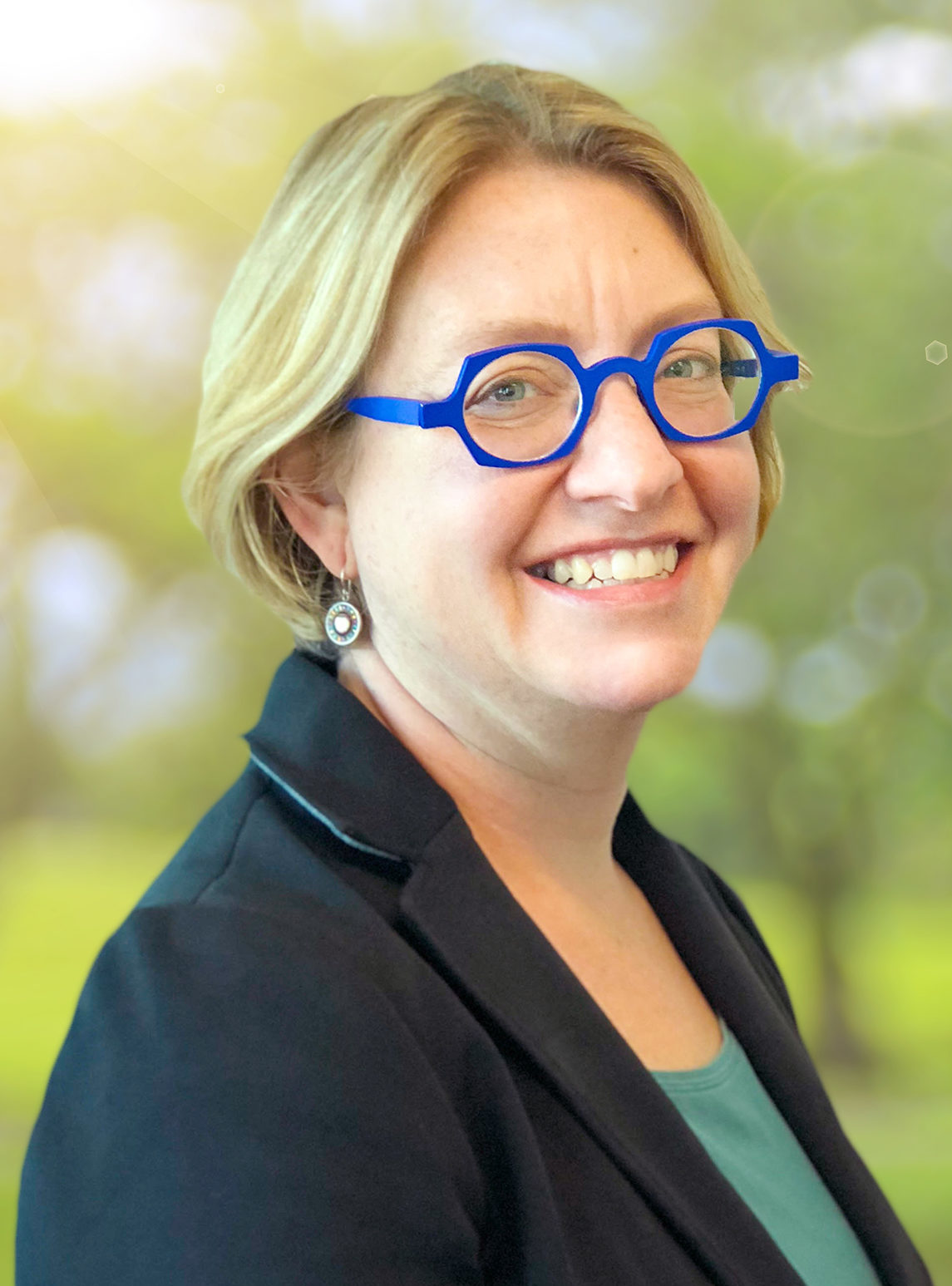Breaking Down Health Care Silos
- March 15, 2016
- Posted by: Health Care Payment Learning & Action Network
- Categories: Interview, Participant Spotlight Interview

Breaking Down Health Care Silos
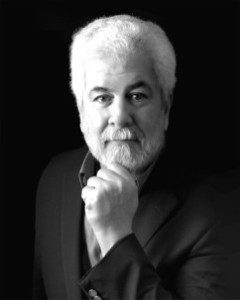 “As industry stakeholders, we all need to realize we’re not competing with each other. In neglecting to share our insights and experiences, we’ve been wasting tremendous effort and financial resources. We see the LAN as a forum for breaking down the industry silos that are impeding our collective progress.” — Dr. Barry Bittman
“As industry stakeholders, we all need to realize we’re not competing with each other. In neglecting to share our insights and experiences, we’ve been wasting tremendous effort and financial resources. We see the LAN as a forum for breaking down the industry silos that are impeding our collective progress.” — Dr. Barry Bittman
The Allegheny Health Network (AHN), a unified health care system of seven hospitals and 300 primary and specialty care practices, is a devoted LAN participant. CAMH talked with Barry Bittman, MD, a neurologist and AHN’s senior vice president and chief population health officer, to gain his perspective on alternative payment models and the LAN initiative. Dr. Bittman is responsible for developing a cost-effective, population health management strategy for AHN. He also serves as board chair and CEO of Physicians Accountable Care Solutions, one of the nation’s largest accountable care organizations (ACOs).
Our collective goal is to achieve the Triple Aim: improving patient outcomes, creating better patient experiences of care, and stabilizing, if not reducing, costs. We strive to develop innovative strategies that we can test, evaluate, and extend to our entire network, to achieve this goal.
From my perspective, population health integrates evidence-based care delivery across the continuum with providers, payers, and innovative technologies. Payments must be structured in a way that supports and incentivizes the achievement of improved patient outcomes, care experiences, and cost reduction. Through such alignment, we’re building a continuum of care that taps into both health care and community-based resources—supporting our patients through “care pathways” to optimize outcomes and reduce potentially preventable costs. We expect each patient to receive the right care at the right time in the right place, wherever they are along the care continuum. Care coordination is the key to successful population health management.
Beginning in April 2016, AHN will be participating in a newly mandated Alternative Payment Model (APM), the Comprehensive Care for Joint Replacement (CJR) model developed by the Center for Medicare and Medicaid Innovation. A five-year episode-based payment program, the CJR will be implemented in 67 markets across the country, and is expected to contribute to the Department of Health and Human Services’ (HHS) goals of having 30% of all Medicare payments made through APMs by 2016 and 50% by 2018. As we participate in the CJR model, we will remain accountable for the cost of all the care our patients receive, whether it occurs in the physician’s office, here at AHN, or in the post-acute setting.
Our CJR effort will build upon our already-successful joint replacement care continuum, Diamond Care. As part of our protocol, we track and analyze data in a manner that engages our physicians in a collective strategy to progressively improve outcomes and care experiences while stabilizing or reducing overall expenditures. Our primary strategy is to focus on optimizing patient outcomes first, and subsequently build efficiencies in our coordinated delivery system.
Also, AHN is part of Physicians Accountable Care Solutions (PACS), a Medicare Shared Savings Program ACO that includes approximately 5,000 providers in 10 states, covering about 120,000 Medicare beneficiaries. The PACS’ core strategy is to establish a strong educational platform and share key insights for care coordination, best practices, quality improvement, and outcomes optimization with our provider groups across the country. We are encouraging physicians to think and act differently—reformulating their work processes to serve as population health managers for their own practices.
Physicians in PACS are paid the same Medicare fee-for-service rates they received in the past, but are also incentivized to develop a meaningful coordinated care strategy that saves money while improving patient care. Savings are split between Medicare and PACS.
Successful health care transformation requires considerable alignment between providers, payers, and patients. The Centers for Medicare & Medicaid Services (CMS) has developed a series of practical, evolving platforms for testing shared savings models that engage providers to work in a coordinated way in an unprecedented manner. While this opportunity to work together opens doors for innovation on many levels, appropriate payment and incentives alignment are important factors in fostering the degree of practice transformation that transcends our present limitations.
Our emphasis on care optimization, coupled with accountability across the continuum, provides an exciting opportunity for meaningful transformation that extends beyond the physician.
We’ve found that the most formidable challenge to APMs is engaging both physicians and patients. It can also be our greatest victory. Many primary care physicians (PCPs) feel overwhelmed. They cannot manage patient care and control costs by spending only 10 minutes with a patient. Also, because of the evolution of hospitalists, PCPs are often disconnected from the care pathway and may not even know if their patient is in the hospital. Engaging patients is equally important, since patients facing life-threatening conditions often need a high degree of personal support.
Another key challenge is that we cannot separate socio-economic status from the health outcomes we’re seeking. If a person needs to choose between eating and taking medications, their choice is an obvious one. In holding health care providers accountable for total cost of care through APMs, we first need to address patients’ basic needs, such as food, shelter, transportation, and other community-level challenges and psychosocial determinants, which are not often addressed in the doctor’s office.
Patients also need to understand their choices, the compromises they may need to make, and actions they need to take to continue on a particular care pathway. We’ve found that when patients have all the information they need to make decisions, they are more likely to have better outcomes.
We believe that “it takes a village” to care for people. Our focus is on building comprehensive, physician-directed teams that function as a hospital without walls or a health care system without limitations. We’re creating Community Care Networks (CCNs) that help to manage the continuum of care and report back to physicians in a way that truly makes a difference in patient care.
A key part of our program is engaging future health care workers as health coaches, deploying them on interdisciplinary teams that follow patients and their families longitudinally. They meet regularly with patients who are experiencing chronic conditions and who have a history of frequent hospitalizations and/or high overall utilization. This helps build relationships that can prevent readmissions and lead to improved outcomes and value for patients as they follow the physician’s care plan.
As industry stakeholders, we all need to realize we’re not competing with each other. In neglecting to share our insights and experiences, we’ve been wasting tremendous effort and financial resources. We see the LAN as a forum for breaking down the industry silos that are impeding our collective progress. These silos are found not only within hospitals, health care systems, and communities, but also among providers.
We must allocate time to focus on learning networks like the LAN that share information with others. Many physicians say that they can’t make time for additional learning. This has to change. We have to reformulate physician education in a way that truly enables us to leverage and share key insights. That will be the crux of the cultural shift we need.
Again, many physicians are frustrated. They’re asked to do more with less and often sense they are becoming merchandized rather than patient-focused. I hope that through constructive strategies like the LAN, we can reverse those trends, coalesce our knowledge, and become a voice of advocacy for extending high-quality, affordable care to our communities.





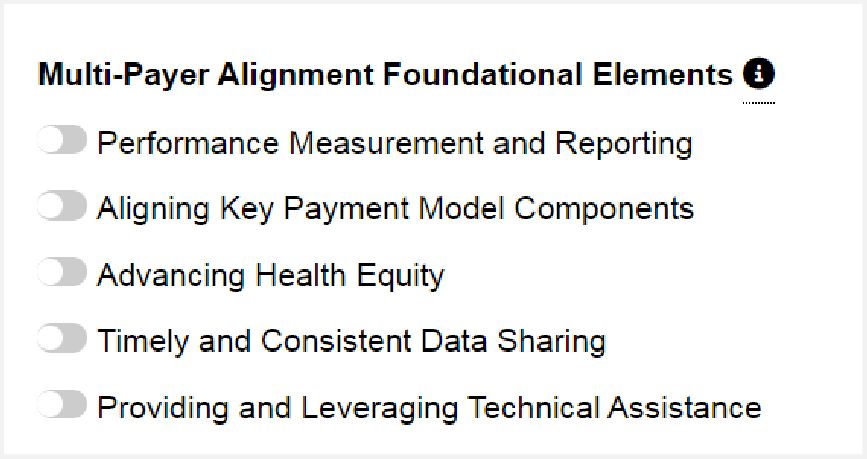
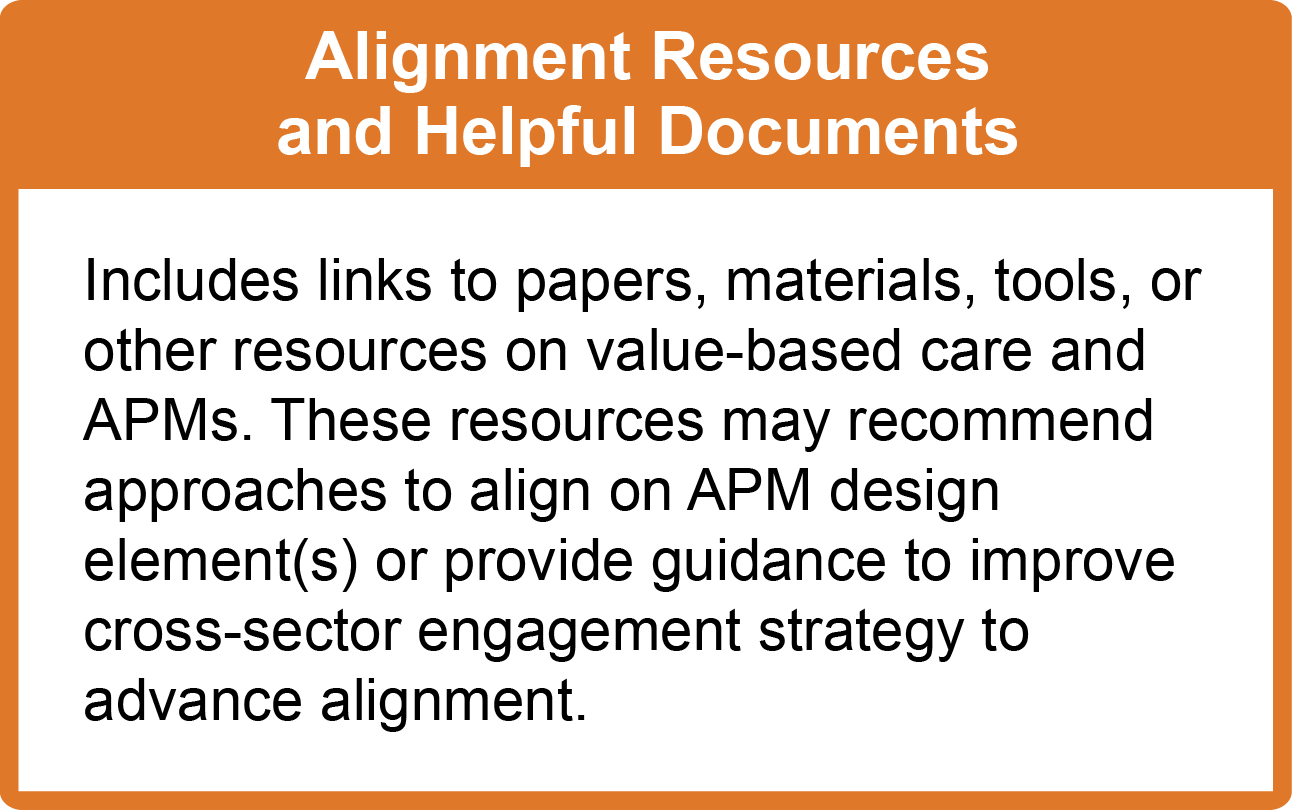







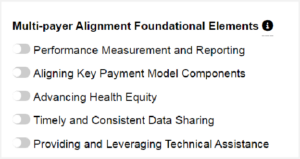


 Emily DuHamel Brower, M.B.A., is senior vice president of clinical integration and physician services for Trinity Health. Emphasizing clinical integration and payment model transformation, Ms. Brower provides strategic direction related to the evolving accountable healthcare environment with strong results. Her team is currently accountable for $10.4B of medical expense for 1.6M lives in Medicare Accountable Care Organizations (ACOs), Medicare Advantage, and Medicaid and Commercial Alternative Payment Models.
Emily DuHamel Brower, M.B.A., is senior vice president of clinical integration and physician services for Trinity Health. Emphasizing clinical integration and payment model transformation, Ms. Brower provides strategic direction related to the evolving accountable healthcare environment with strong results. Her team is currently accountable for $10.4B of medical expense for 1.6M lives in Medicare Accountable Care Organizations (ACOs), Medicare Advantage, and Medicaid and Commercial Alternative Payment Models. Mr. James Sinkoff is the Deputy Executive Officer and Chief Financial Officer for Sun River Health (formerly known as Hudson River HealthCare), and the Chief Executive Officer of Solutions 4 Community Health (S4CH); an MSO serving FQHCs and private physician practices.
Mr. James Sinkoff is the Deputy Executive Officer and Chief Financial Officer for Sun River Health (formerly known as Hudson River HealthCare), and the Chief Executive Officer of Solutions 4 Community Health (S4CH); an MSO serving FQHCs and private physician practices. Victor is the Chief Medical Officer for TennCare, Tennessee’s Medicaid Agency. At TennCare, Victor leads the medical office to ensure quality and effective delivery of medical, pharmacy, and dental services to its members. He also leads TennCare’s opioid epidemic strategy, social determinants of health, and practice transformation initiatives across the agency. Prior to joining TennCare, Victor worked at Evolent Health supporting value-based population health care delivery. In 2013, Victor served as a White House Fellow to the Secretary of Health and Human Services. Victor completed his Internal Medicine Residency at Emory University still practices clinically as an internist in the Veteran’s Affairs Health System.
Victor is the Chief Medical Officer for TennCare, Tennessee’s Medicaid Agency. At TennCare, Victor leads the medical office to ensure quality and effective delivery of medical, pharmacy, and dental services to its members. He also leads TennCare’s opioid epidemic strategy, social determinants of health, and practice transformation initiatives across the agency. Prior to joining TennCare, Victor worked at Evolent Health supporting value-based population health care delivery. In 2013, Victor served as a White House Fellow to the Secretary of Health and Human Services. Victor completed his Internal Medicine Residency at Emory University still practices clinically as an internist in the Veteran’s Affairs Health System.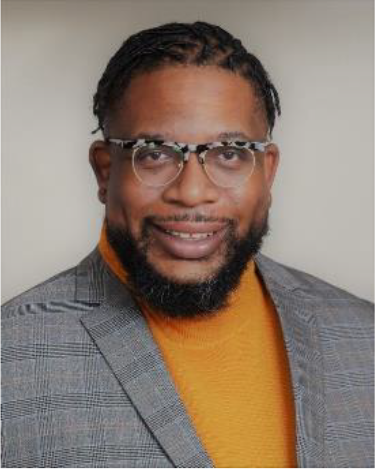 Dr. Brandon G. Wilson, DrPH, MHA (he, him, his) joined Community Catalyst as the Director of the Center for Consumer Engagement in Health Innovation, where he leads the Center in bringing the community’s experience to the forefront of health systems transformation and health reform efforts, in order to deliver better care, better value and better health for every community, particularly vulnerable and historically underserved populations. The Center works directly with community advocates around the country to increase the skills and power they have to establish an effective voice at all levels of the health care system. The Center collaborates with innovative health plans, hospitals and providers to incorporate communities and their lived experience into the design of systems of care. The Center also works with state and federal policymakers to spur change that makes the health system more responsive to communities. And it provides consulting services to health plans, provider groups and other health care organizations to help them create meaningful structures for engagement with their communities.
Dr. Brandon G. Wilson, DrPH, MHA (he, him, his) joined Community Catalyst as the Director of the Center for Consumer Engagement in Health Innovation, where he leads the Center in bringing the community’s experience to the forefront of health systems transformation and health reform efforts, in order to deliver better care, better value and better health for every community, particularly vulnerable and historically underserved populations. The Center works directly with community advocates around the country to increase the skills and power they have to establish an effective voice at all levels of the health care system. The Center collaborates with innovative health plans, hospitals and providers to incorporate communities and their lived experience into the design of systems of care. The Center also works with state and federal policymakers to spur change that makes the health system more responsive to communities. And it provides consulting services to health plans, provider groups and other health care organizations to help them create meaningful structures for engagement with their communities. Tamara Ward is the SVP of Insurance Business Operations at Oscar Health, where she leads the National Network Contracting Strategy and Market Expansion & Readiness. Prior to Oscar she served as VP of Managed Care & Network Operations at TriHealth in Southwest Ohio. With over 15 years of progressive health care experience, she has been instrumental driving collaborative payer provider strategies, improving insurance operations, and building high value networks through her various roles with UHC and other large provider health systems. Her breadth and depth of experience and interest-based approach has allowed her to have success solving some of the most complex issues our industry faces today. Tam is passionate about driving change for marginalized communities, developing Oscar’s Culturally Competent Care Program- reducing healthcare disparities and improving access for the underserved population. Tamara holds a B.A. from the University of Cincinnati’s and M.B.A from Miami University.
Tamara Ward is the SVP of Insurance Business Operations at Oscar Health, where she leads the National Network Contracting Strategy and Market Expansion & Readiness. Prior to Oscar she served as VP of Managed Care & Network Operations at TriHealth in Southwest Ohio. With over 15 years of progressive health care experience, she has been instrumental driving collaborative payer provider strategies, improving insurance operations, and building high value networks through her various roles with UHC and other large provider health systems. Her breadth and depth of experience and interest-based approach has allowed her to have success solving some of the most complex issues our industry faces today. Tam is passionate about driving change for marginalized communities, developing Oscar’s Culturally Competent Care Program- reducing healthcare disparities and improving access for the underserved population. Tamara holds a B.A. from the University of Cincinnati’s and M.B.A from Miami University.


 Dr. Peter Walsh joined the Colorado Department of Health Care Policy and Financing as the Chief Medical Officer on December 1, 2020. Prior to joining HCPF, Dr. Walsh served as a Hospital Field Representative/Surveyor at the Joint Commission, headquartered in Oakbrook Terrace, Illinois.
Dr. Peter Walsh joined the Colorado Department of Health Care Policy and Financing as the Chief Medical Officer on December 1, 2020. Prior to joining HCPF, Dr. Walsh served as a Hospital Field Representative/Surveyor at the Joint Commission, headquartered in Oakbrook Terrace, Illinois.